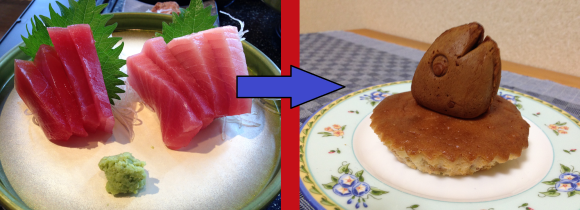
Okay, Japan, I’m trusting you on this one. There have been a lot of times in the past when I was skeptical about your foods, and repeatedly you’ve proven me wrong.
You hit a home run with the raw fish thing. Pasta with spicy cod roe and seaweed? Now one of my go-to choices for a quick, hot meal. Grilled chicken cartilage? Stuff is delicious.
And now you want me to try desserts made with tuna? Sure, let’s do this.
Kobe and Matsuzaka have become internationally famous for their beef, but it’s not just red meat that sometimes acquires a localized cachet in Japan. The port of Misaki, located in Kanagawa Prefecture’s Miura City (75 minutes south from Tokyo and 55 minutes from Yokohama), is known for having some of the country’s tastiest tuna.
Misaki’s image is so strongly tied to tuna (or maguro, as it’s called in Japanese), that there’s a combination round-trip train ticket/lunch voucher usable in some of its restaurants called the Misaki Maguro Ticket. But while sashimi and sushi are the king and queen of Misaki’s culinary kingdom, you can find all other sorts of tuna-based foodstuffs there too, like tuna ramen and tuna steamed buns.
And now, you can also find tuna desserts.
Just to be clear, these fish cakes aren’t taiyaki, the popular Japanese snack with an outer layer like a pancake and sweet bean paste inside which just happen to be shaped like fish. Nor are they kamaboko, the soft blocks made from fish that are often added to soups and noodle broths.
Nope, these are straight-up sweet desserts that also happen to contain chunks of tuna. Misaki confectioner Seigetsu, which also makes more traditional, fish-free sweets, has created two extremely unorthodox offerings, the maguleine and the kabutoyaki.
▼ Seigetsu’s original location in Misaki
▼ Maguleine on the left, kabutoyaki on the right
For this taste-test, let’s open with the 200-yen (US$1.60) maguleine. Pronounced magurenu, it’s a mashup of maguro and madeleine, the shell-shaped French sponge cake that serves as the maguleine’s starting point.
From the outside, it looks like any ordinary madeleine, but…
… it does not smell like one.
It smells like a fish.
But like I said, it looks pretty good! Visibly moist and with a surprising amount of heft, it’s clear that Seigetsu knows how to bake a cake.
Maybe this won’t taste as bad as it smells. Still, the unmistakable odor of tuna has raised my curiosity along with my defenses, so before tasting it, I decided to cut the maguleine in half to see what I was getting (and biting) into.
Sure enough, near the bottom of the cake there’s a layer of little chunks of fish.
With the tuna’s presence confirmed by both sight and smell, it was time to dig in.
And wouldn’t you know it…
…the maguleine tastes exactly like it smells: like tuna. The morsels of fish have a texture similar to dried fruit, so they don’t feel that out of place. The tuna flavor, though is even stronger than I’d imagined, and the fact that the cake itself is as properly sweet and buttery as a normal madeleine makes the taste all the more incongruent and distressing.
▼ These tiny bits of fish punch above their weight class, and they may as well be hitting you in the kidneys for as pleasant as the experience is.
Okay, let’s move on to Seigetsu’s next offbeat product, the kabutoyaki.
Unlike the maguleine, the 140-yen kabutoyaki’s name is entirely Japanese. Japan has a number of sweet treats that end in –yaki, which means “baked” or “grilled,” including dorayaki, ningyoyaki, and the aforementioned taiyaki. But what’s kabuto mean?
Fish head. Actually, kabutoyaki is also the common term for a whole roast fish head, and that’s indeed a cut of tuna you can buy at markets in Misaki and elsewhere in Japan.
▼ The inspiration for a great-tasting dessert?
Seigetsu’s kabutoyaki cake certainly looks the part. As a matter of fact, standing it upright on a plate makes it look like it’s swimming out of some alternate dimension that’s connected to our world through the dish.
But even with the trauma of the maguleine still fresh in my mind and mouth, I held out hope. After all, character-shaped cakes are pretty common in Japan, so there was a chance the kabutoyaki would be sort of like the Hello Kitty pastries my coworker Preston sampled last month. Plus, the packaging mentioned the kabutoyaki’s tuna (which doesn’t seem to be sourced from the actual fish’s head) is seasoned, so maybe it’d make for a more harmonious match with the sweet ingredients.
First, though, let’s take a look inside.
Without any context, that cross-section may not look very appealing, but the good news is that the kabutoyaki is packed with anko, the sweet red bean paste that, as we’ve mentioned before, makes just about everything better.
On the other hand, there’s still tuna.
If your doctor has told you to limit your intake of seafood/dessert hybrids and you have to choose between the maguleine and the kabutoyaki, the kabutoyaki is the one to go for. The cake isn’t quite as buttery as the maguleine’s, plus the anko has a touch of saltiness and isn’t as sweet as some varieties. The tuna itself has a bit of a soy sauce-like flavoring, which mellows it enough that for half a second or so after taking a bite, the kabutoyaki is actually a fairly pleasant dessert. Soon enough, though, the tuna flavor starts spreading through your mouth to spoil the fun.
Still, while it’d be overly generous to say the kabutoyaki’s composite flavors complement each other, they don’t clash as violently as those of the maguleine.
▼ Eating the kabutoyaki is merely puzzling and mildly concerning, while the maguleine produces legitimate panic and genuine worry.
But maybe the weirdest thing of all about these two confectionaries is that the parts that Seigetsu plays straight taste great. The cake and anko portions of the maguleine and kabutoyaki are perfectly tasty, and if you have got the patience to carefully remove all of the bits of tuna, they make perfectly tasty snacks.
Finally, despite the weirdness here, Misaki’s maguro really is as delicious as it’s billed as, and there’s always the (wise) option of popping into one of its dozens of restaurants for some tuna sashimi or sushi, then swinging by Seigetsu for a dessert that doesn’t contain any marine products. But if you want a culinary experience you’re not likely to ever forget, even if you try, the maguleine and kabutoyaki are waiting.
Shop information
Seigetsu / 清月
Address: Kanagawa-ken, Miura-shi, Misaki 4-12-2
神奈川県三浦市三崎4-12-2
Open 9 a.m.-6 p.m.
Closed Wednesdays
Website (Tabelog)
The maguleine and kabutoyaki can also be purchased at the Urari marketplace, which is located closer to central Misaki.
Urari / うらり
Address: Kanagawa-ken, Miura-shi, Misaki 5-3-1
神奈川県三浦市三崎5丁目3−1
Website
Related: Misaki Maguro Ticket website
Photos: ©RocketNews24

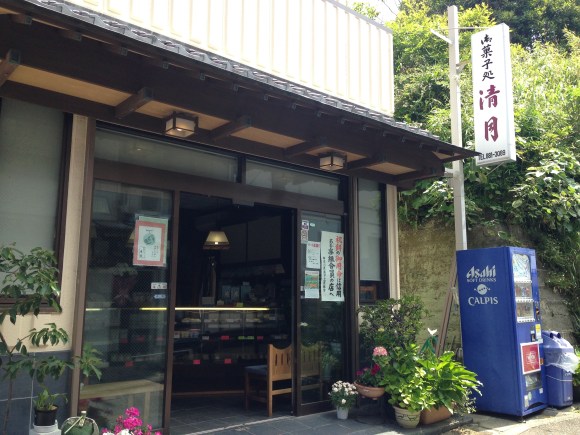
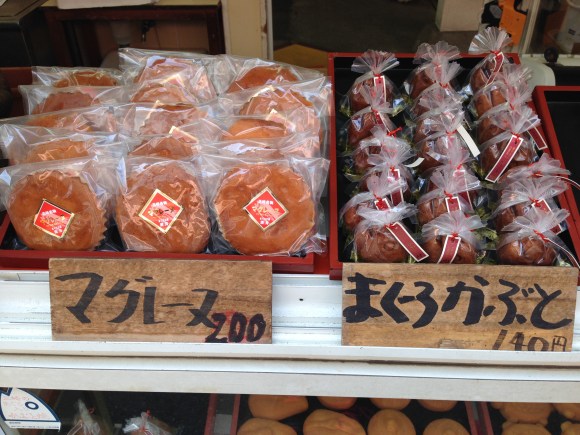
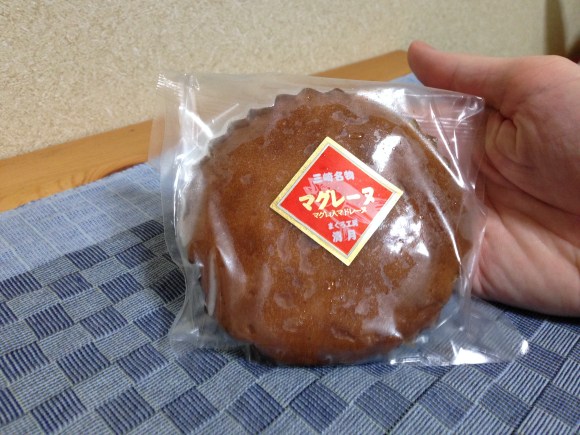
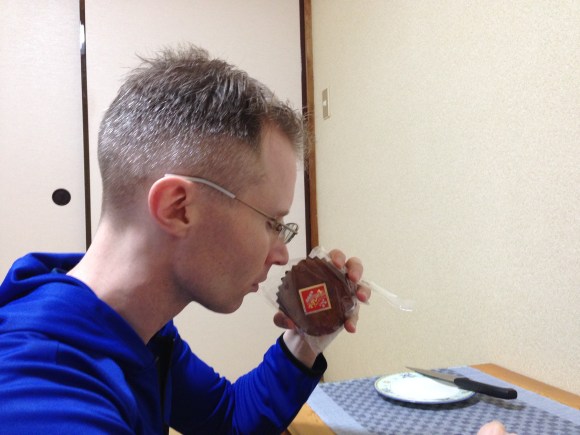
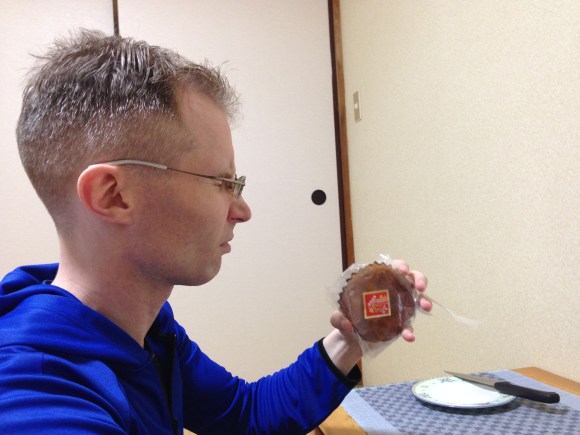
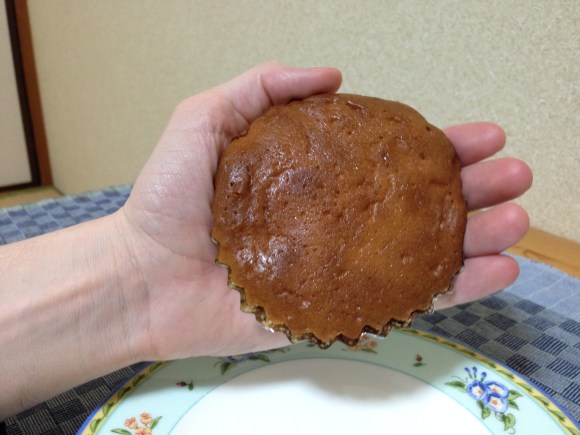
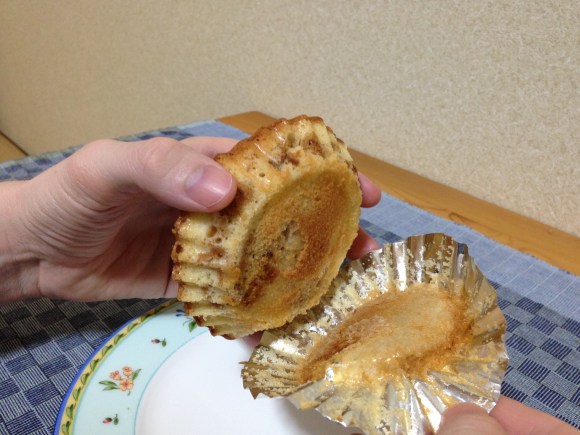
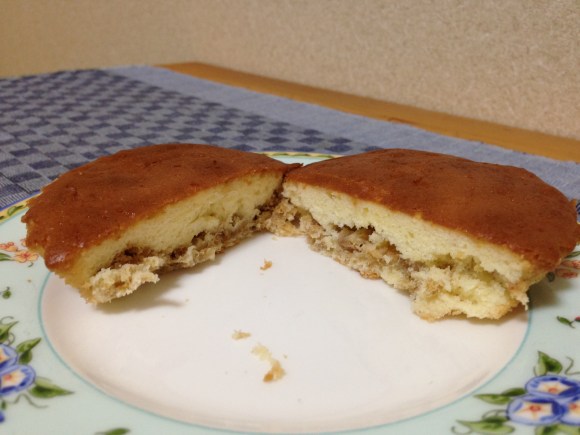
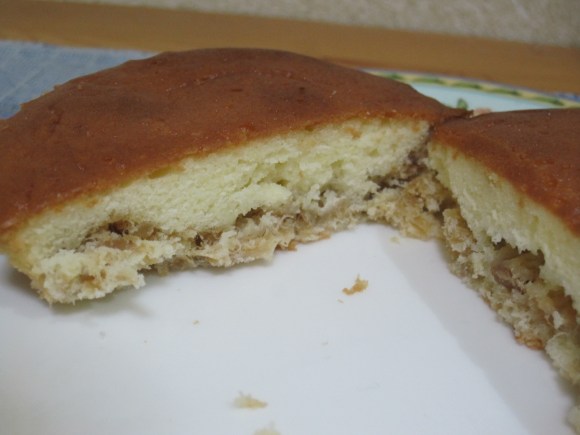
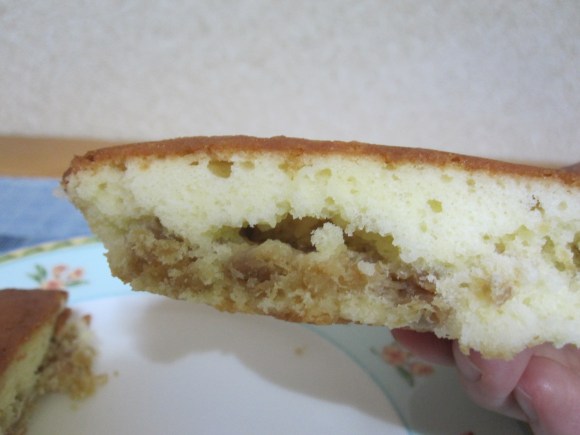
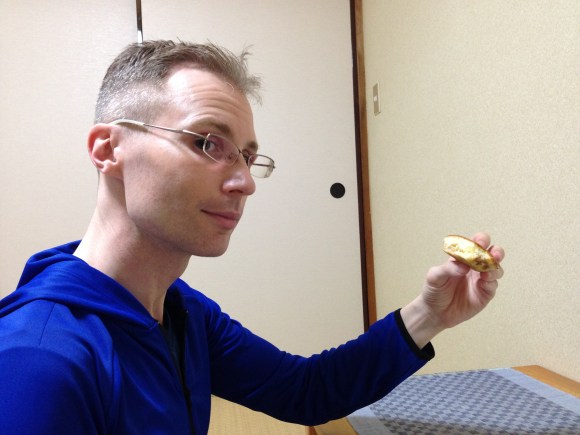

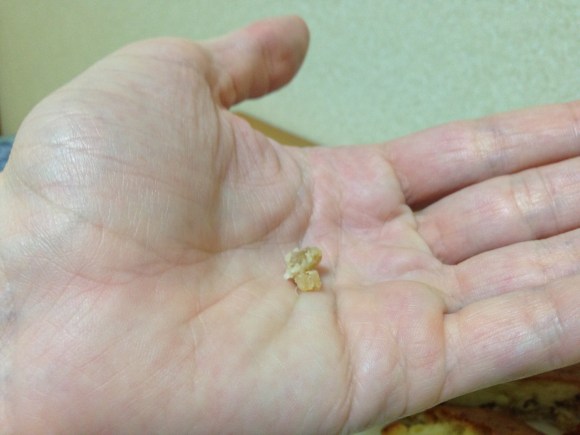
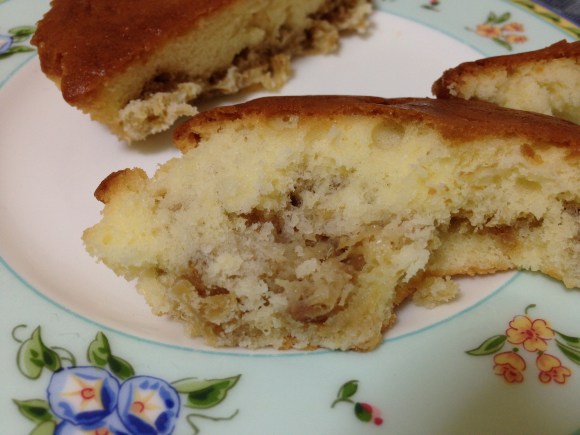
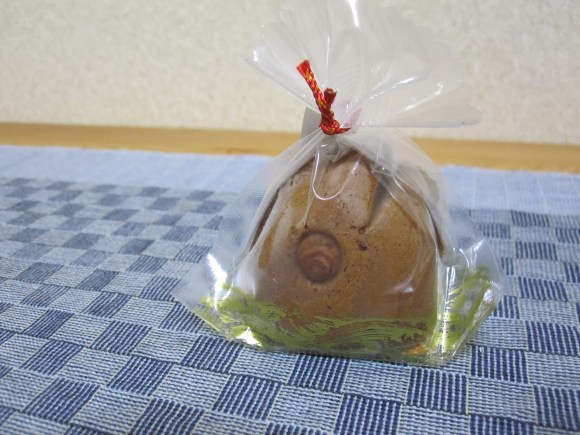
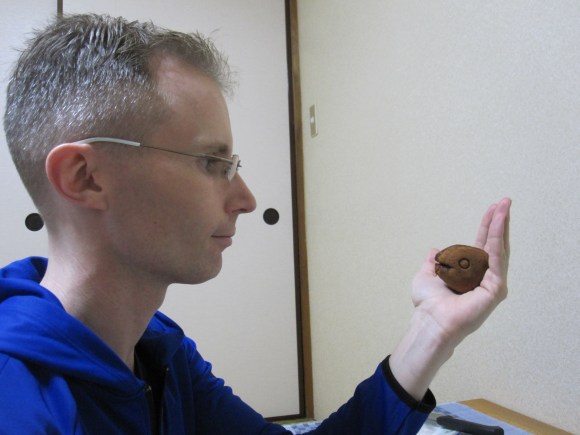
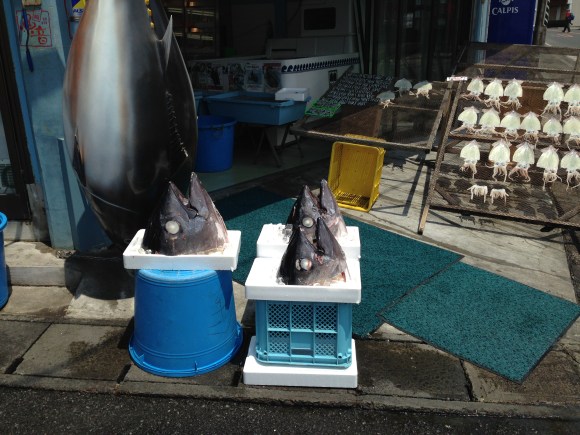
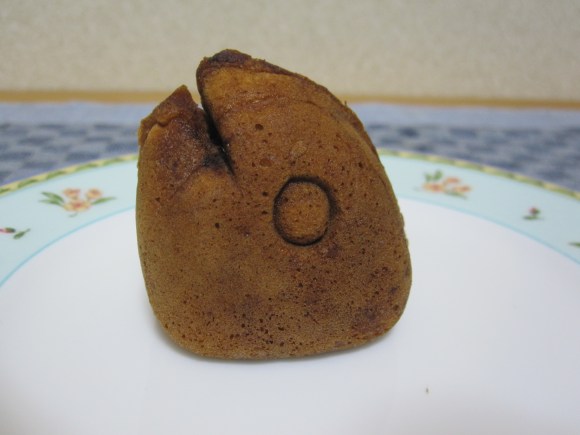
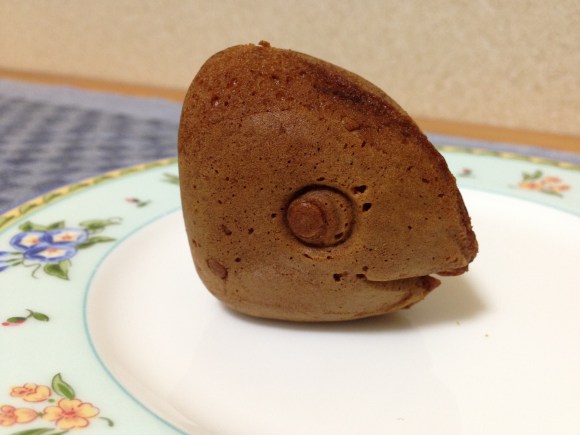
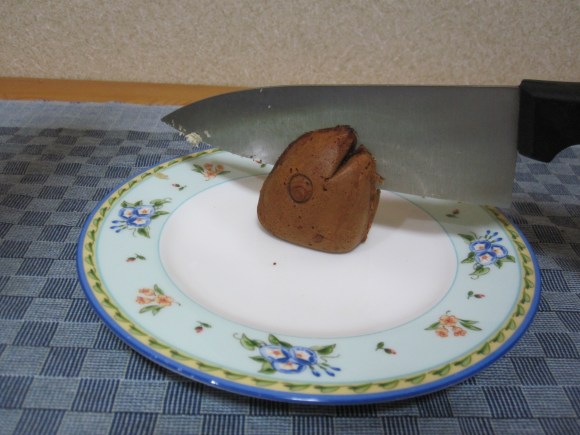

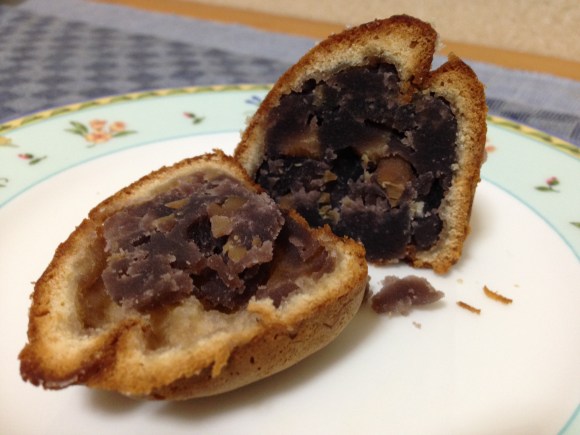
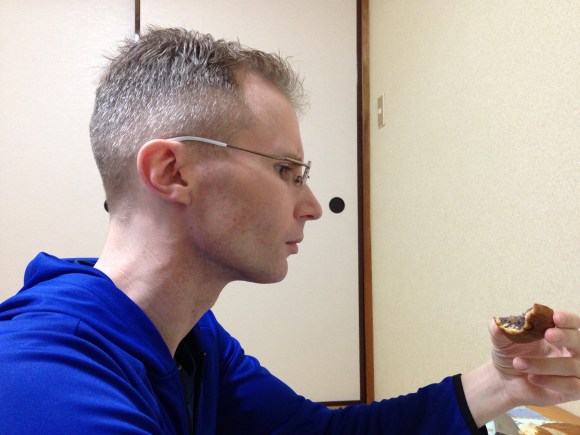
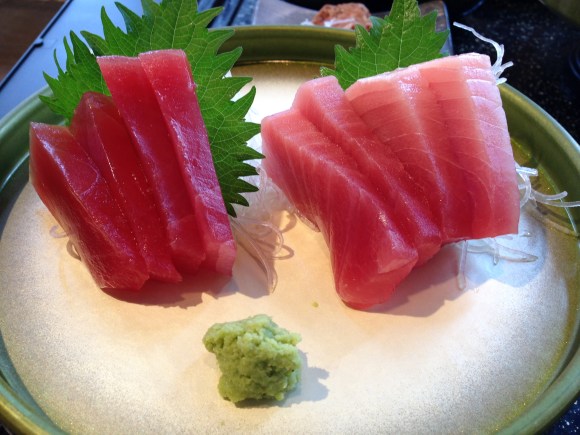
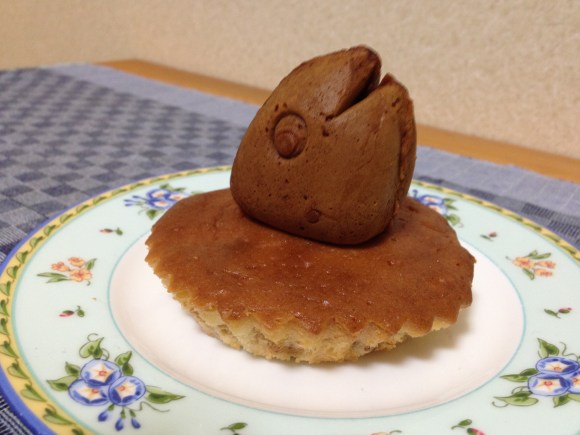
 Which Japanese conveyor belt sushi chain has the best tuna sushi?【Taste test】
Which Japanese conveyor belt sushi chain has the best tuna sushi?【Taste test】 It looks like fish, but does it taste like it? Imitation tuna almost breaks our minds 【Taste test】
It looks like fish, but does it taste like it? Imitation tuna almost breaks our minds 【Taste test】 Visit to a Japanese fish market has us trying tuna eggs for the first time【SoraKitchen】
Visit to a Japanese fish market has us trying tuna eggs for the first time【SoraKitchen】 Using red sushi rice makes a real difference, if it’s paired with the right fish【Taste test】
Using red sushi rice makes a real difference, if it’s paired with the right fish【Taste test】 We try Keiji, an incredibly rare and expensive one-in-ten-thousand salmon sushi 【Taste test】
We try Keiji, an incredibly rare and expensive one-in-ten-thousand salmon sushi 【Taste test】 Disillusionment at Tsukiji’s tourist-target prices led us to a great ramen restaurant in Tokyo
Disillusionment at Tsukiji’s tourist-target prices led us to a great ramen restaurant in Tokyo Drunk cycling can result in an instantly suspended driver’s license in Japan
Drunk cycling can result in an instantly suspended driver’s license in Japan Why you shouldn’t call this food “Hiroshimayaki” if you’re talking to people from Hiroshima
Why you shouldn’t call this food “Hiroshimayaki” if you’re talking to people from Hiroshima 7-Eleven Japan has a hack for creating insanely delicious potato chip rice meals
7-Eleven Japan has a hack for creating insanely delicious potato chip rice meals Japanese cosplay comedians perfectly recreate Street Fighter II…if you close your eyes【Video】
Japanese cosplay comedians perfectly recreate Street Fighter II…if you close your eyes【Video】 The 10 best day trips from downtown Tokyo【Survey】
The 10 best day trips from downtown Tokyo【Survey】 Dining with Totoro — 400-year-old ceramics company makes Studio Ghibli chopstick rests【Photos】
Dining with Totoro — 400-year-old ceramics company makes Studio Ghibli chopstick rests【Photos】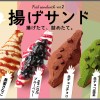 Fried sandwiches arrive in Tokyo, become hot topic on social media
Fried sandwiches arrive in Tokyo, become hot topic on social media Kura Sushi has a new parade-delivered whole cake dessert, but what’s it like to eat?【Video】
Kura Sushi has a new parade-delivered whole cake dessert, but what’s it like to eat?【Video】 Shibuya 109 building unveils new winning logo design set to appear over scramble crossing in 2019
Shibuya 109 building unveils new winning logo design set to appear over scramble crossing in 2019 7-Eleven Japan starts new temporary luggage storage service in over 300 branches
7-Eleven Japan starts new temporary luggage storage service in over 300 branches Starbucks teams up with 166-year-old Kyoto doll maker for Year of the Horse decorations【Photos】
Starbucks teams up with 166-year-old Kyoto doll maker for Year of the Horse decorations【Photos】 Tokyo’s Tsukiji sushi neighborhood asks tour groups to stay away for the rest of the month
Tokyo’s Tsukiji sushi neighborhood asks tour groups to stay away for the rest of the month Street Fighter Hadouken Churros to be launched and eaten in Tokyo, Okami pudding on offer too
Street Fighter Hadouken Churros to be launched and eaten in Tokyo, Okami pudding on offer too Japanese woman mistaken for bear
Japanese woman mistaken for bear Return of Totoro sequel short anime announced for Ghibli Park
Return of Totoro sequel short anime announced for Ghibli Park Starbucks Japan releases new zodiac chilled cup drink for 2026
Starbucks Japan releases new zodiac chilled cup drink for 2026 Is this the most relaxing Starbucks in Japan?
Is this the most relaxing Starbucks in Japan? Starbucks on a Shinkansen bullet train platform: 6 tips for using the automated store in Japan
Starbucks on a Shinkansen bullet train platform: 6 tips for using the automated store in Japan Japan’s human washing machines will go on sale to general public, demos to be held in Tokyo
Japan’s human washing machines will go on sale to general public, demos to be held in Tokyo Japanese train company is letting fans buy its actual ticket gates for their homes
Japanese train company is letting fans buy its actual ticket gates for their homes Is China’s don’t-go-to-Japan warning affecting tourist crowds in Tokyo’s Asakusa neighborhood?
Is China’s don’t-go-to-Japan warning affecting tourist crowds in Tokyo’s Asakusa neighborhood? Starbucks Japan unveils new Christmas goods and a rhinestone tumbler that costs 19,500 yen
Starbucks Japan unveils new Christmas goods and a rhinestone tumbler that costs 19,500 yen Tokyo considering law requiring more trash cans following litter increase in heavily touristed area
Tokyo considering law requiring more trash cans following litter increase in heavily touristed area Nintendo’s Kirby now delivering orders at Kura Sushi restaurants, but not in Japan
Nintendo’s Kirby now delivering orders at Kura Sushi restaurants, but not in Japan Tokyo event lets you travel back in time, for free, to celebrate 100 years since Showa era start
Tokyo event lets you travel back in time, for free, to celebrate 100 years since Showa era start Survey asks foreign tourists what bothered them in Japan, more than half gave same answer
Survey asks foreign tourists what bothered them in Japan, more than half gave same answer Japan’s deadliest food claims more victims, but why do people keep eating it for New Year’s?
Japan’s deadliest food claims more victims, but why do people keep eating it for New Year’s? We deeply regret going into this tunnel on our walk in the mountains of Japan
We deeply regret going into this tunnel on our walk in the mountains of Japan Studio Ghibli releases Kodama forest spirits from Princess Mononoke to light up your home
Studio Ghibli releases Kodama forest spirits from Princess Mononoke to light up your home Major Japanese hotel chain says reservations via overseas booking sites may not be valid
Major Japanese hotel chain says reservations via overseas booking sites may not be valid Put sesame oil in your coffee? Japanese maker says it’s the best way to start your day【Taste test】
Put sesame oil in your coffee? Japanese maker says it’s the best way to start your day【Taste test】 The top 10 annoying foreign tourist behaviors on trains, as chosen by Japanese people【Survey】
The top 10 annoying foreign tourist behaviors on trains, as chosen by Japanese people【Survey】 No more using real katana for tourism activities, Japan’s National Police Agency says
No more using real katana for tourism activities, Japan’s National Police Agency says Starbucks Japan reveals new sakura drinkware collection, inspired by evening cherry blossoms
Starbucks Japan reveals new sakura drinkware collection, inspired by evening cherry blossoms Upgrade your tuna sashimi to chu-toro with a mayo marinade? We test the theory 【RocketKitchen】
Upgrade your tuna sashimi to chu-toro with a mayo marinade? We test the theory 【RocketKitchen】 Japanese convenience store’s Spicy Tuna rice balls might not be what foreigners or locals expect
Japanese convenience store’s Spicy Tuna rice balls might not be what foreigners or locals expect Late-night vending machine find in Japan leads to a midnight party
Late-night vending machine find in Japan leads to a midnight party Fresh tuna sashimi vs. frozen – Can our Japanese taste testers tell the difference in taste test?
Fresh tuna sashimi vs. frozen – Can our Japanese taste testers tell the difference in taste test? Sushi-flavored potato chips?!? Could our world really be so beautiful? 【Taste test】
Sushi-flavored potato chips?!? Could our world really be so beautiful? 【Taste test】 The good, the bad, and the ugly of a vending machine sushi meal in Tokyo【Taste test】
The good, the bad, and the ugly of a vending machine sushi meal in Tokyo【Taste test】 Sushi birthday cake turns out to be the best present our reporter could’ve ever asked for
Sushi birthday cake turns out to be the best present our reporter could’ve ever asked for Japan’s sushi that’s actually cake fools the eyes, blows the mind, pleases the stomach【Photos】
Japan’s sushi that’s actually cake fools the eyes, blows the mind, pleases the stomach【Photos】 Soy sauce on pancakes? We try the newest dessert idea from a century-old soy maker【Taste test】
Soy sauce on pancakes? We try the newest dessert idea from a century-old soy maker【Taste test】 Which Japanese conveyor belt sushi chain has the best salmon sushi?【Taste test】
Which Japanese conveyor belt sushi chain has the best salmon sushi?【Taste test】 Wasabi and sashimi bagels on sale now in Japan! We buy some and invent the Japanese dip sandwich
Wasabi and sashimi bagels on sale now in Japan! We buy some and invent the Japanese dip sandwich Six things you should order at Japanese conveyor belt sushi restaurant Hama Sushi
Six things you should order at Japanese conveyor belt sushi restaurant Hama Sushi Why does this sushi restaurant serve raw tuna in an ice cream cone?【Taste test】
Why does this sushi restaurant serve raw tuna in an ice cream cone?【Taste test】 We go on a quest to find the cheesiest sushi at Japanese conveyor belt sushi chains【Taste test】
We go on a quest to find the cheesiest sushi at Japanese conveyor belt sushi chains【Taste test】 Magikarp now appearing in Japan as a traditional taiyaki sweet 【Taste Test】
Magikarp now appearing in Japan as a traditional taiyaki sweet 【Taste Test】 We try eating, and also try to eat, a shark burger and deep sea fish burger【Taste test?】
We try eating, and also try to eat, a shark burger and deep sea fish burger【Taste test?】
Leave a Reply